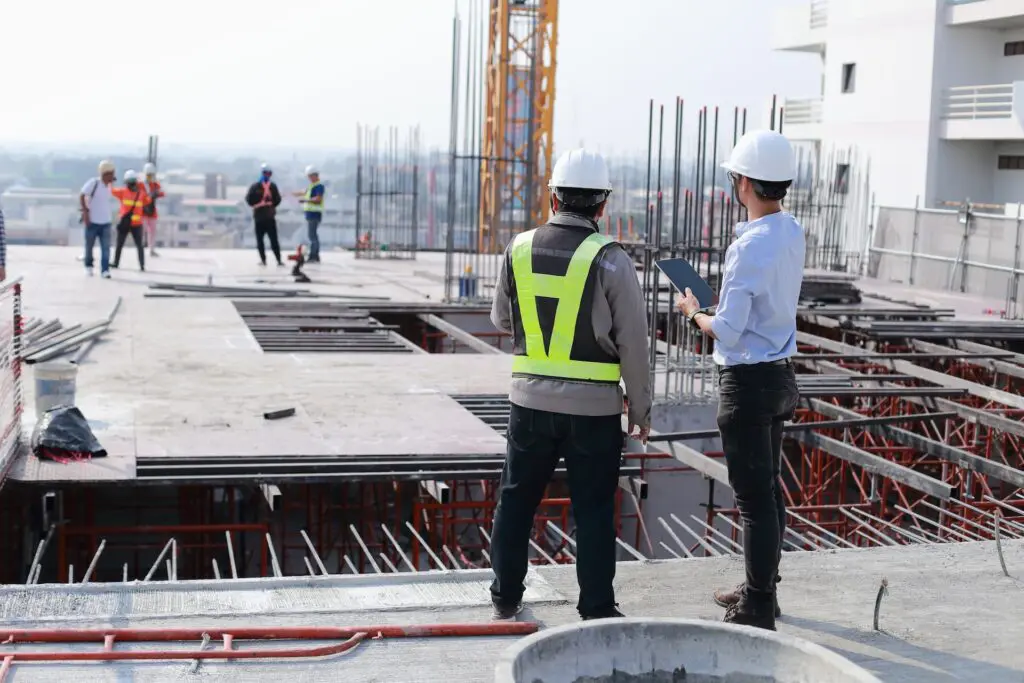
Want to share this article?
The Role of Feasibility Studies in Upstream and Downstream Projects
When engineering and industrial companies contemplate a new project or expansion, they always bring plenty of questions to the table.
Can a plant be made profitable and efficient given a set of circumstances? Is a particular configuration feasible for meeting a collection of end goals? From upstream to downstream, these types of questions are answered by performing feasibility studies, often known as the front-end loading (FEL) process.
Feasibility studies are important risk assessment tools, influencing company decisions regarding if and how to pursue a project. They also serve as a stepping stone toward optimizing a project once it’s started. Accurate and timely feasibility studies become increasingly important in the oil and gas industry as market instability begins to have a greater effect on long-term exploration, production, distribution, and maintenance costs. One of the most common practices in evaluating a project’s feasibility is to use the FEL system, ranging from FEL-0 (i.e., the identification and selection of promising concepts) to FEL-3 (i.e., the completion of process and construction designs, with definitive estimates and specifications).
Most feasibility studies begin with FEL-0 and FEL-1, which involve the appraisal of several alternative processes and designs and end with the most promising selection for business consideration and potential development. In these initial phases, profitable concepts are identified, and screening or process design studies are performed. If several appealing concepts and process designs are produced, they are further scrutinized within the framework of a project charter and budget.
The project plan is refined or dropped if the process and design risk assessment deems the project technically, economically, and/or environmentally unfeasible. If the project seems feasible after FEL-1, the project may be funded for FEL-2 and -3 assessments. These feasibility analysis steps take the project plan into preliminary and detailed design, process, and construction analysis, with cost estimates becoming more granular. If these feasibility steps look promising to continue the plant, refinery, or drill project, the project may finally get fully funded and moved to production.












